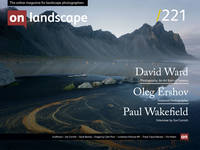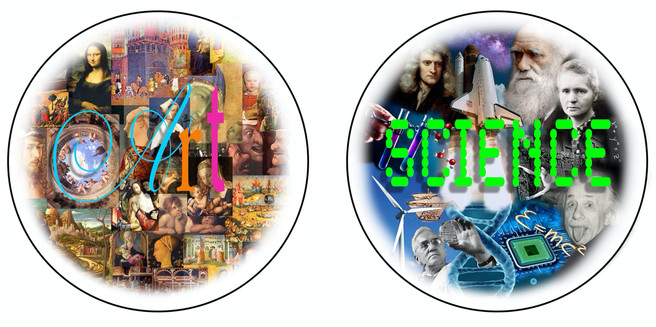The Conception of Reproduction

David Ward
T-shirt winning landscape photographer, one time carpenter, full-time workshop leader and occasional author who does all his own decorating.
I can remember lying in bed as a young child, waiting for sleep to come whilst the sun still shone strongly outside on a summer’s evening. As my parents pottered about in the garden, I watched elongated and blurry projections of them flowing across the white emulsion on my bedroom ceiling. A small gap between the curtains admitted a sliver of light, which fanned out and faded with distance. Near the origin the images were elongated but almost recognisable. As the distance increased so the focus decreased until both figure and light were lost. It never occurred to me then that what I was witnessing was an optical phenomenon that underpins photography. I wonder now, however, whether my lifelong fascination with projected images had its origin on those muggy evenings.
My formative years were dominated by two passions; science and art.
Neil Armstrong took his “one small step” when I was nine years old. I remember being woken by my parents in the early hours of the morning to watch the fuzzy monochrome images on TV. The first broadcast from another planet! It seemed very likely that the science fiction novels that I avidly consumed would soon become reality. (In my naivety I was completely unaware of the flip side of the Space Race; the Arms Race.) By the time I was sixteen, the first pocket calculators and then desktop computers ushered in the digital age. Before Three Mile Island and Chernobyl the future promised to be one of limitless ease, powered by nuclear forces. A new technology seemed to appear almost every day.
All children love drawing but many seem to lose interest by the time they are at secondary school. It has been suggested that the education system squashes their natural creativity, encouraging them to think in convergent ways. I was one of the lucky ones, perhaps, and never lost the joy of painting and drawing. Whilst always unhappy with my draughtsmanship, I took great pleasure from trying to transfer the pictures in my mind to paper. Hours were spent lost in the flow, engrossed in imagined worlds. Perhaps I was better than I thought as the school commissioned me to paint a mural – I say commissioned but of course I worked for the exposure dollars. My chosen subject was a life size painting of Neil Armstrong on the surface of the Moon, painted on the wall of the main corridor. Science and art together.
For my last two years at school, I was presented with a dilemma; I had to choose between art subjects and science subjects. No mixing would be allowed. Up until that point I had been a straight A’s student in both fields. This seemed an impossible choice. I didn’t want to give up either. It was quite forcefully impressed upon me by my teachers that art was not a serious subject, there were no prospects for a career in art, art was a hobby. After all, the education system is designed to prepare us for the world of work rather than make us better people. Art would have to become a spare time occupation. My future would be in a lab.
Sadly, my ambition to be a technocrat quickly turned to dust when I failed my maths exam. I lost my place at university and for a few months I lost my way. What to do now? Despite only having a passing interest in photography prior to my exam debacle I fairly quickly settled on it as my future career. Perhaps I was clutching at straws, but it seemed the perfect blend of art and science, a subject that would engage all my strengths.
At school, art and science were kept apart; literally kept apart in that sciences took place in “the laboratories”, a separate wing of the school. They were intellectually separated too. Science was serious, art frivolous. That separation continues in our wider society, with the two often seen as existing in opposition to each other. As a result, many people would draw a Venn diagram of them like this:
Art is characterised as concerned with the imagination, emotions and aesthetics. It is intent on making transformations of reality in order to provide new insights. There are no absolutes in art, only relative values. It is organic, disordered and slapdash. Art and artists revel in the unknown, the unknowable and fleeting, difficult to grasp, poetic connections. Above all art is subjective.


